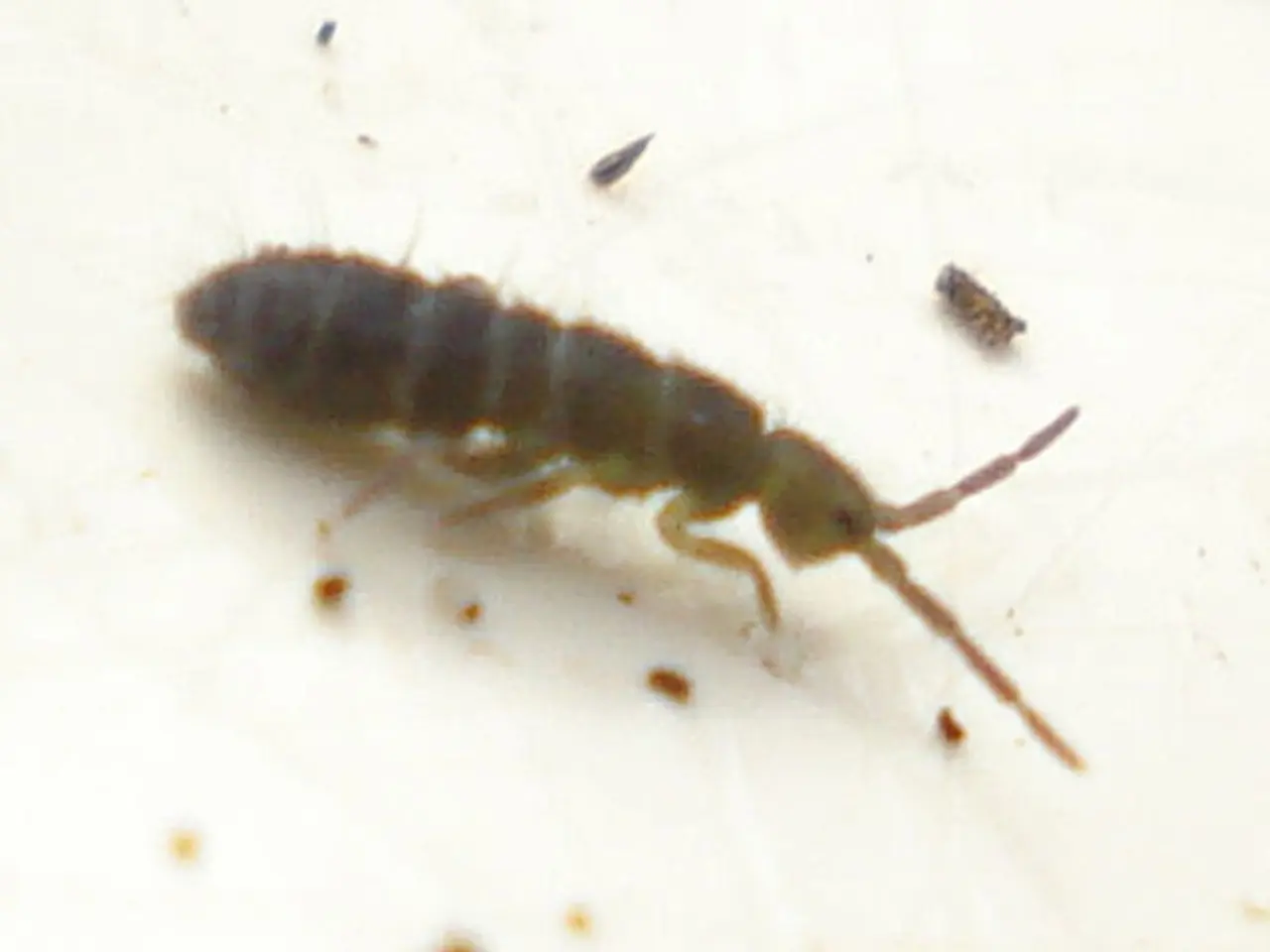Intriguing Enigma: White Spots Emerging in Flower Bed Earth
In the world of gardening, the occasional discovery of white bits in planting soil can cause a bit of concern for enthusiasts. However, these mysterious particles can have several causes, each with its unique characteristics.
Firstly, let's discuss Perlite and Vermiculite, two common soil amendments used to improve aeration and moisture retention. Perlite appears as small, white, lightweight, porous particles that are inorganic and do not decompose. On the other hand, Vermiculite is often light-colored but more golden or silvery and has a layered, flaky appearance. Both help with drainage and are inert materials, not harmful or indicative of infestation or disease.
White patches or bits can also be fungal growth or mold, sometimes appearing cottony, woolly, or powdery. Common soil fungi such as Trichoderma or Mucormycetes molds may appear white with varying textures; for example, Trichoderma species mold is often white with greenish patches, woolly or cottony in texture, while Mucormycetes are white to grayish and fluffy. Such fungi are usually found on organic matter or in moist, rich soils and can indicate damp conditions but are not always harmful to plants.
Another possibility are Soil Mites, Mealybugs, Root Aphids, Scale Insects, Fungus Gnats, all small arthropods or insect larvae that may live in or on soil and plant roots. While not normally appearing as white bits, some could be visible as tiny white specks or bodies. For instance, Mealybugs appear as white, cottony masses on roots or stems, while Scale insects are often visible as small bumps rather than loose bits. Fungus gnats larvae may appear white or translucent and live in soil, and Soil mites are tiny and may be white but are often unseen without magnification. Root aphids are small white or pale insects that feed on roots.
Lastly, Sclerotia are hardened masses of fungal mycelium that serve as survival structures for some fungi. They may appear as small, firm, white or off-white bits in soil, and when conditions are right, they germinate to infect plants. Sclerotia are associated with diseases and can persist in soil for a long time.
Identifying the exact cause requires examining their texture, location, and plant symptoms. For example, if white bits look like small, lightweight particles, they are likely perlite; if cottony or woolly, fungal; if tiny moving insects, likely pests like mealybugs or mites.
In conclusion, understanding the various causes of white bits in planting soil can help gardeners maintain a healthy and thriving garden. Whether they are innocuous soil amendments, fungal growth, or small insects and mites, knowing what to look for can save time and resources in addressing potential issues.
- Perlite, which appears as small, white, lightweight, porous particles, is a common soil amendment used in home-and-garden and gardening activities to improve aeration and moisture retention.
- Sclerotia, hardened masses of fungal mycelium that can appear as small, firm, white or off-white bits in garden soil, are associated with diseases and can persist for a long time, posing a potential threat to the lifestyle of plants in a home-and-garden setting.




